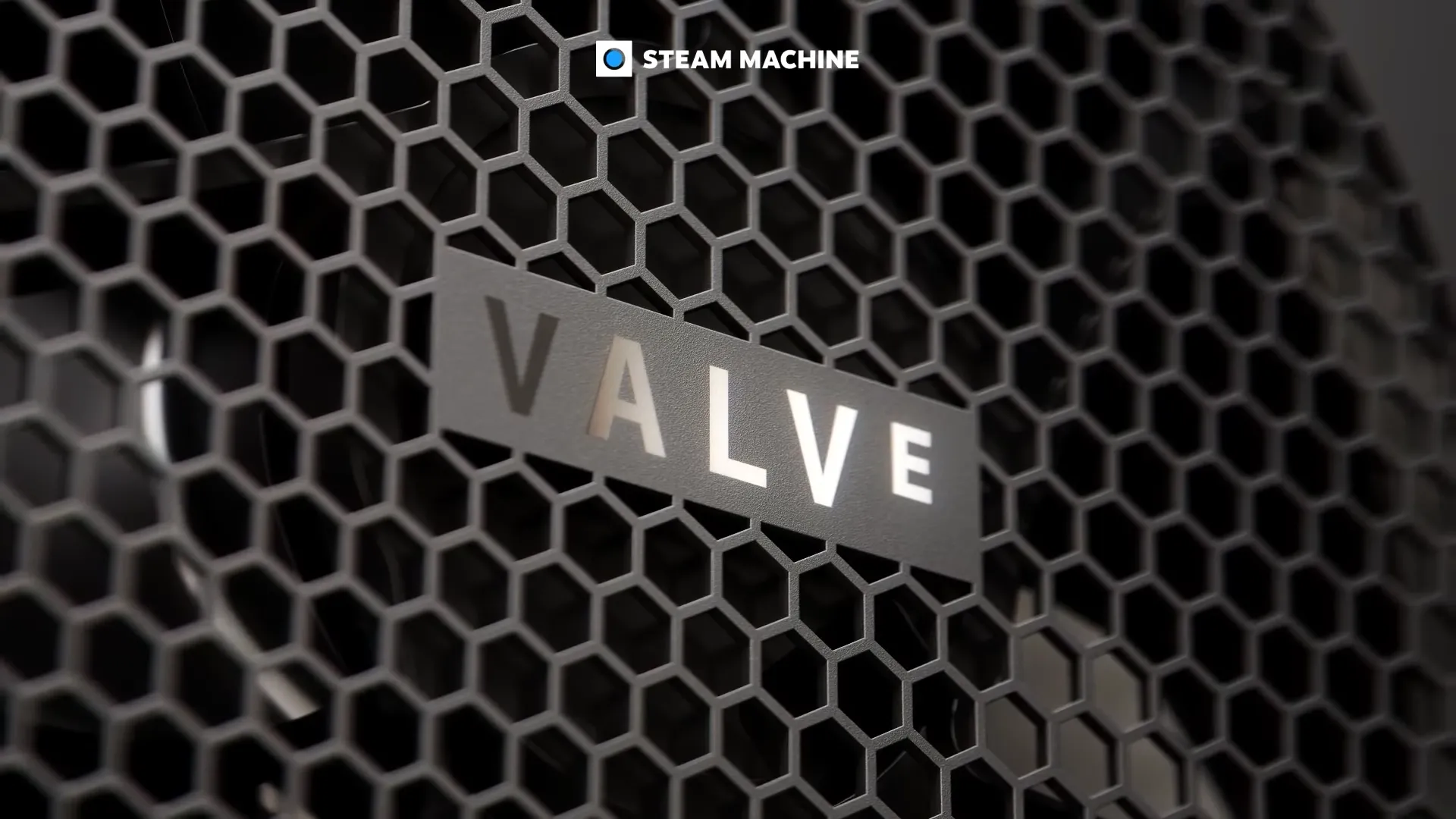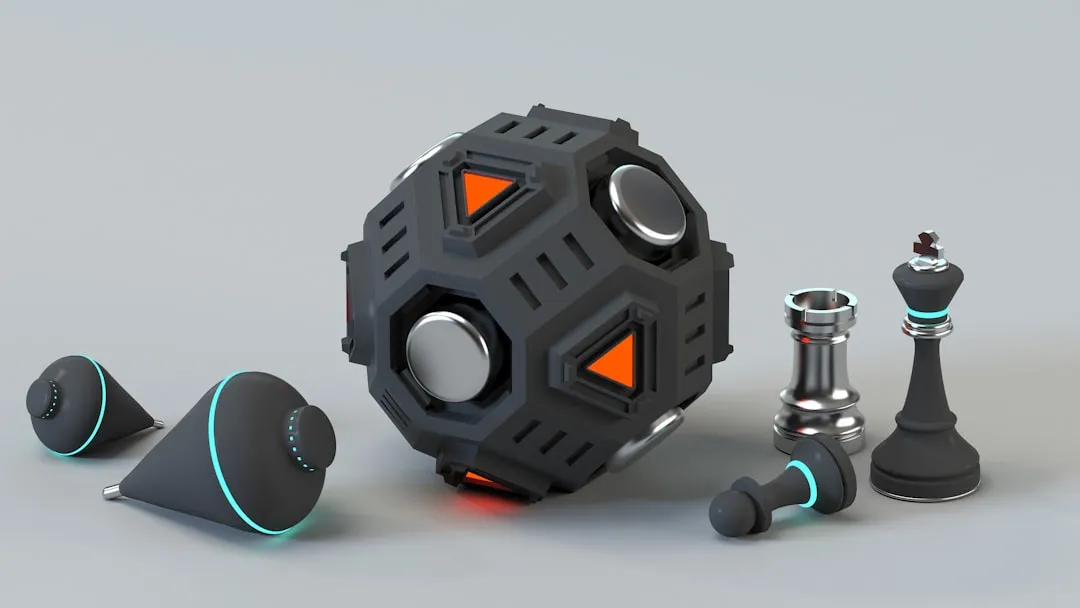Reviewed by: Y. Garcia
Ever since the original Valve Index launched back in 2019, VR enthusiasts have been waiting for Valve's next move in virtual reality hardware. Well, that wait is finally over.
Valve just announced the Steam Frame, a new standalone VR headset that can both stream games from a PC and play games locally thanks to an onboard Arm chip, and it is shaping up to be one of the most compelling VR devices we have seen in years.
It is a full philosophical pivot for Valve. The headset is quite a bit different from Valve's previous model, the Index, which had to be tethered to a gaming computer with a physical wire. The Frame drops the cable entirely and adds standalone capabilities through an ARM-based processor with SteamOS, making it the first time Valve has implemented their operating system on ARM architecture. It is essentially "the Steam Deck for your face", a hybrid that chases convenience without walking away from performance.
What makes the Steam Frame's streaming approach revolutionary?
Here is where Valve looks genuinely inventive. Most headsets treat wireless streaming like a backup plan. The Frame separates itself from the pack with its focus on streaming your games as a primary feature. No hedging.
The secret is the connection. The Frame includes a dedicated 6 GHz Wi-Fi 6E dongle that creates a direct connection to your PC, completely bypassing your home network. Think private highway, no Netflix traffic, no smart bulbs clogging the lane. Valve claims this cuts out the middleman involved in Quest 3's streaming method, and early testing says you can feel it.
Then there is the foveated streaming. This system sends the highest-resolution video stream to where the user's eyes are directly focused, dialing back quality in your periphery. That saves bandwidth and puts the pretty pixels where you actually look, which also helps the battery.
The Frame uses multiple Wi-Fi 7 radios for normal networking, plus the bundled 6 GHz Wi-Fi 6E USB adapter to create a dedicated low-latency PC streaming link. You can grab online features or browse while keeping the clean, low-latency path for game streaming. Neat trick.
How do the technical specifications stack up?
The Steam Frame aims high while minding comfort. The device features dual 2160 x 2160 LCD panels per eye with refresh rates from 72 Hz to 144 Hz, delivering twice as many pixels as the original Valve Index. Text and textures should look cleaner across Valve's library.
Field of view lands at up to 110 degrees, slightly less than the Index's roughly 130-degree FOV. The trade makes room for pancake lenses that trim weight and boost edge-to-edge sharpness. Better for long sessions.
Under the hood, it brings real mobile muscle. The Frame runs on a Qualcomm Snapdragon 8 Gen 3 processor paired with 16 GB of LPDDR5X RAM, double the Quest 3's memory capacity. Storage comes in 256GB and 1TB models, both expandable via microSD card slot.
Modularity gives it personality. The core frontbox weighs just 185 grams and the complete system at 440 grams, putting it among the lightest premium options. That core concept supports Valve's upgrade vision, potentially making this the last VR headset you will ever buy through component swaps instead of full replacements.
Where does it stand against Meta Quest 3 and other competitors?
The Frame versus Quest 3 showdown is less about raw numbers and more about choices. On comfort, the Quest 3 weighs 515 grams compared to the Frame's 440 grams. That difference matters after an hour.
Displays look neck and neck. Both devices feature similar LCD panels with 2160 x 2160 resolution, though the Quest 3's actual resolution per eye is 2,064 x 2,208. Both use pancake lenses, so clarity across the lens should feel comparable.
Mixed reality is where the paths split. Quest 3 leans into color passthrough and AR. The Frame currently provides monochrome camera passthrough. Valve's hedge is hardware flexibility, thanks to a user-accessible front expansion port for additional sensors and peripherals, which leaves the door open to add features later.
Look beyond Meta and you see the angle. PSVR 2 brings OLED HDR displays with 2,000 x 2,040 per eye resolution, so contrast and color pop. It is still tethered and tied to one platform. The Frame plays to freedom with PC streaming and standalone modes.
What about the controllers and tracking systems?
Valve rethought its inputs with a two-in-one mindset. These controllers feature buttons and sticks similar to Meta Quest Touch controllers, then add gamepad staples for input parity with a traditional gamepad. Swap from VR to a flat game without feeling stuck with the wrong tool.
They keep the hand nuance too. The controllers retain capacitive sensing to detect finger positions, similar to Index controllers, which preserves that natural grip-and-gesture feel.
And yes, stick drift. Valve is aiming at it. The controllers use next-generation magnetic TMR thumbsticks that are more resistant to drift issues.
Tracking trades hassle for practicality. The Frame uses inside-out tracking with four outward-facing greyscale fisheye cameras, so no base stations. IR illuminators for improved performance in low-light conditions keep it consistent when the room dims.
One catch for long-time SteamVR users, old SteamVR controllers will not work with the Steam Frame. The new setup centers on the included controllers and their hybrid role.
Gaming performance: standalone vs. streaming capabilities
The Steam Frame wears two hats. As a standalone device, it is surprisingly capable for ARM. It runs Linux, Windows, and Android applications through compatibility layers and emulation. Early checks show games like Hades 2 can run at 1440p and 90Hz, earning "Frame Verified" status similar to the Steam Deck program.
Keep expectations in check though. The Steam Machine is intended for AAA console-level gaming, while the Frame is understandably more constrained, given its smartphone-grade hardware, battery life requirements, and the fact that it needs to translate games from the traditional x86 PC architecture to its mobile ARM chip. With ARM, it supports Android APKs but requires emulation for native x86 applications, which can hamper demanding PC titles when you run them locally.
Streaming is the twist. Hook it to a solid PC and the Frame starts to feel like a different class. That direct wireless link and the foveated stream let AAA VR breathe without the usual wireless compromises. Valve claims their streaming solution is "as efficient as possible," maximizing battery life from the included 21.6 Wh battery while keeping the picture sharp.
You are not limited to VR either. The controllers are designed to handle standard non-VR games effectively. Jump into Half-Life: Alyx, then swap to Cyberpunk 2077 on a giant virtual screen. One headset, controls that make sense in both modes.
What is the verdict on Valve's VR comeback?
After six years out of the headset game, Valve is swinging big with the Steam Frame and answering many Index-era complaints. With pricing still unannounced, Valve says it expects Steam Frame to be cheaper than the original $999 Index, putting it firmly in premium-headset territory. It costs more than Quest 3, and it looks far more approachable than Apple's Vision Pro, with upgrade paths neither offers.
What sets it apart is the long view. Valve talks in upgrades, not annual replacements, and wants this to be "the last VR headset you will ever buy". The modular core and expansion port make that stance feel serious.
Two promises will decide the story. First, the streaming experience has to be silky enough to justify the price. Second, the ARM transition needs to hold up across software libraries. The headset launches in early 2026 in regions where Steam Deck is available, which gives Valve time to fine-tune both.
If you have been chasing the unicorn, a headset that blends standalone convenience with PC-quality graphics and real upgradeability, the Steam Frame looks like the closest thing yet. It is not trying to be everything to everyone. It aims at people who want great VR and a strong PC link, and it sticks to that lane. In a market full of trade-offs, that kind of focus feels like a breath of fresh air.
























Comments
Be the first, drop a comment!